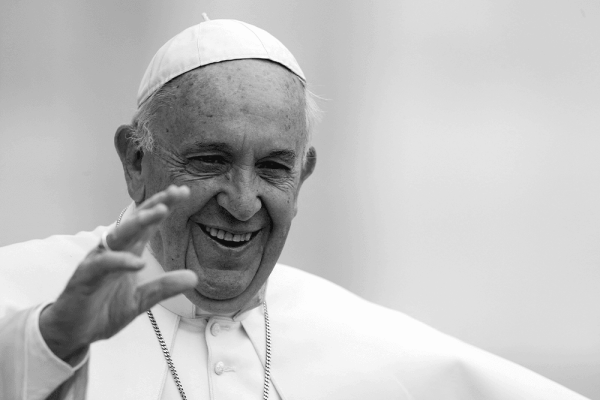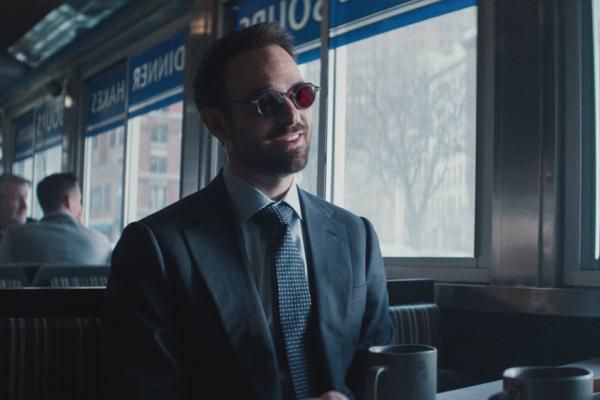Hybrid model. Synchronous learning. Pandemic pod. These words have quickly become the new normal when parents talk about school this fall. Every school district is scrambling to figure out how to deliver quality instruction while keeping students, families, and educators safe from COVID-19. They face a dizzying array of conflicting choices and, maddeningly, there are no simple solutions. The entire schooling dilemma is like a proverbial house of cards: We gently pull out a single card and the entire creation collapses.
Nationwide school closures have not only disrupted millions of lives, they have further entrenched long-standing disparities in our public school system. Students who are already vulnerable are at even greater risk. Policymakers, educators, families, and students face impossible choices as our nation balances the urgent need to protect people from a deadly pandemic with the responsibility to deliver on the promise of a high-quality education for all.
Like so many of us, my deep Christian faith drives the way I inherently view inequality — especially the inequities in public education. I grew up in Detroit and saw disparities outside my front door and throughout my community. As a Black girl and teenager I was acutely aware that the kids in my neighborhood weren’t getting the same education that my white suburban friends received. As my faith became more important to me, I looked for ways to integrate my core Christian beliefs with the inequities that most pained me. I still view education disparities as inherently un-Christlike. If we truly believe that all children are made in God’s image and likeness (Genesis 1:27), then people of faith should ensure that our schools allow all students to flourish — especially in times of unfathomable national crisis.
The deep educational inequalities that are being laid bare by COVID-19, and the simultaneous national reckoning around race, are embedded in the very foundations of our education system. Within weeks after the March shutdown, we were confronted with millions of food insecure students who no longer had access to their free lunch program and families without technology to effectively do online schooling. In some large school districts, thousands of economically disenfranchised students simply disappeared from the virtual class rolls.
While our nation evaluates the right approach to embarking on the 2020-2021 school year and debates the merits of various reopening approaches, we must not lose sight of the broader moral picture. As the nation’s leading faith-rooted organization mobilizing people of faith to advocate for educational equity, The Expectations Project believes the moral test of our education system is whether we prioritize our most vulnerable students. Motivated by our faith and values, we encourage people of faith to advocate for — and urge decision-makers to embrace — these five principles as schools decide how to reopen:
- Prioritize the needs of vulnerable students and families. Low-income families are more likely to be harmed by COVID-19 and decreased learning opportunities. The federal government should provide school districts that have more low-income students with additional funding to make up for academic loss during the last school year. If schools mandate distance learning, subsidized child care or emergency paid leave must be available for families with elementary students.
- Stabilize public school budgets with emergency funding. The pandemic has devastated the budgets of most public school districts, with little emergency financial relief. Our public schools have risen to meet the moment and should be eligible for emergency federal funding.
- Provide all schools with more resources for in-person and/or distance learning. The challenges of educating in the midst of a global pandemic require more funding, not less.
- Center the voices of students, families, and educators in decisions. We cannot make informed and holistic decisions without bringing all parties to the table. This includes student, family, and educator surveys and feedback sessions, allowing families and educators some choice and flexibility to make decisions best for their situation.
- Respect and value educators and school leaders. Our educators are heroes. Threatening to suspend teacher contracts or withhold funding from schools that choose distance learning is a clear bright line that we cannot cross.
With all the important discussion about how and when to reopen schools safely, we are missing a significant need if communities of faith don’t help kids deal with the broader socio-emotional trauma from economic uncertainty, disconnection from school communities, and grief. The rate of loss and death from COVID-19 is staggering and, like so much else, it is unequally distributed along racial lines. Nearly one-third of Black Americans report knowing someone who died of COVID-19, compared to only 9 percent of white Americans. The resulting grief is uniquely complicated, in part, because coronavirus discussions and implications are literally inescapable.
My father died of COVID-19 in April and, like every other victim’s family, our daughter had to grieve her grandfather’s death in a disjointed and stunted manner. If she had the added trauma of economic or food insecurity, I cannot imagine the extent to which those combined factors would impact her emotional readiness for school this fall. Hundreds of thousands of students will bring severe emotional trauma back to school with them — including COVID-19 grief. Faith communities should play a role in advocating that these students receive additional support to process all they’ve experienced.
And we are stepping up. We’ve learned of congregations who’ve set up virtual counseling centers to support families and children with grief support as they’ve lost family members to COVID-19. Places of worship are offering free virtual tutoring to students. Congregations have organized funds to purchase laptops for students who don’t have technology. And, so far, our organization has seen more than 10,000 of our faith-motivated constituents take over 47,000 advocacy actions in the last few months. They’re pushing their elected officials to prioritize the most vulnerable students during — and after — this pandemic. Our voice and our actions matter.
I have worked in education for more than two decades, and I’ve never seen the level of national conversation about schools that I see in this moment. This is an opportunity to reimagine what the education system could look like after or even during COVID-19. It is an opportunity to right historical and systemic wrongs to ensure that all of God’s children receive the education they deserve. I pray that we rise to the occasion.
Got something to say about what you're reading? We value your feedback!







